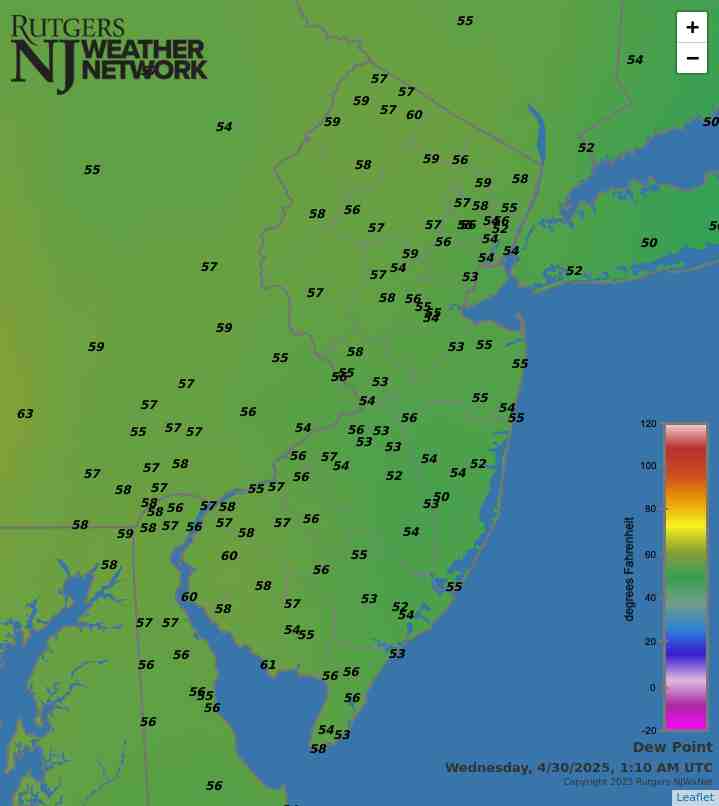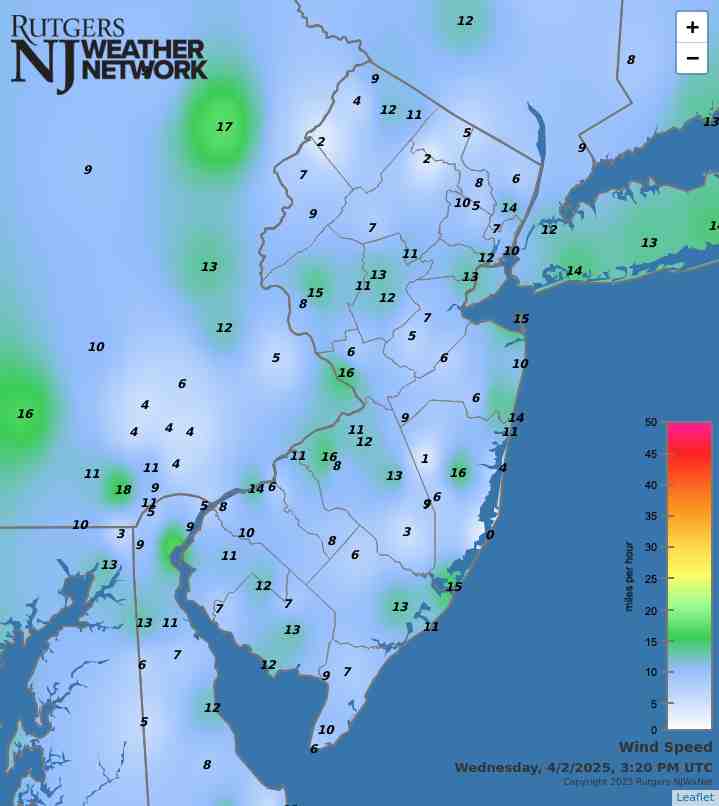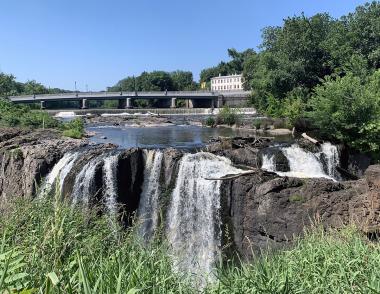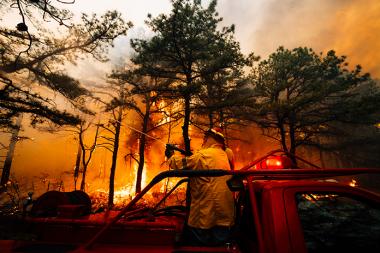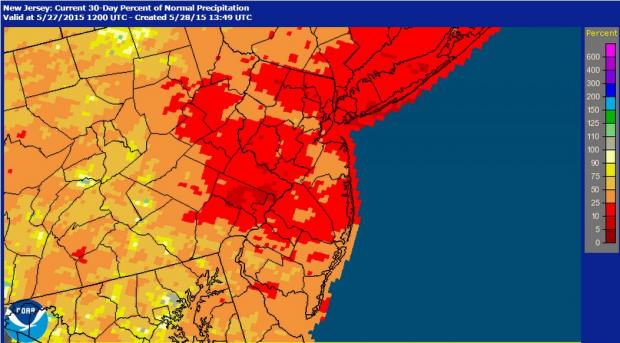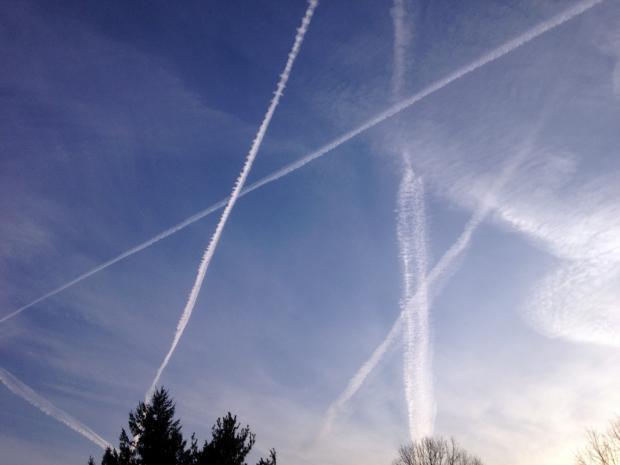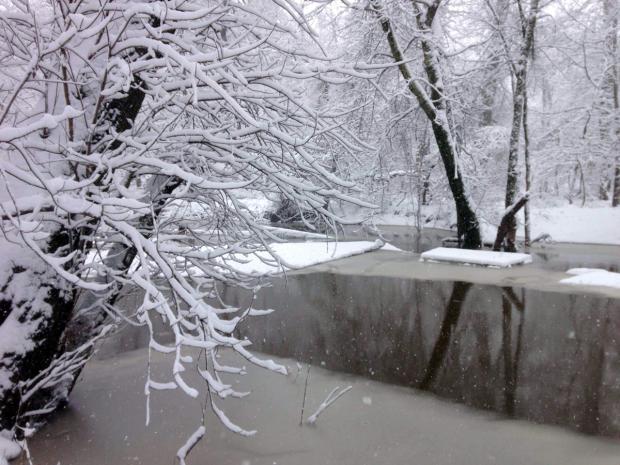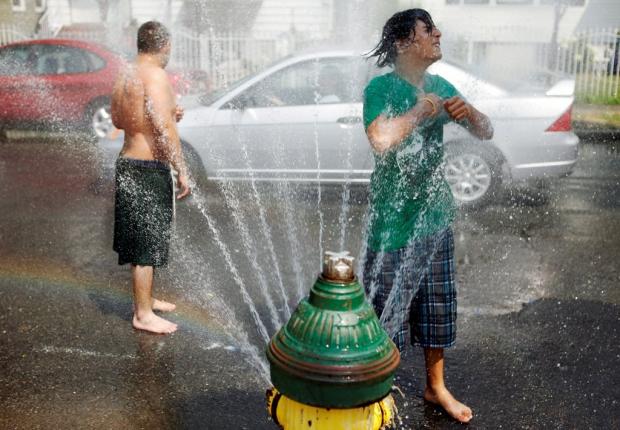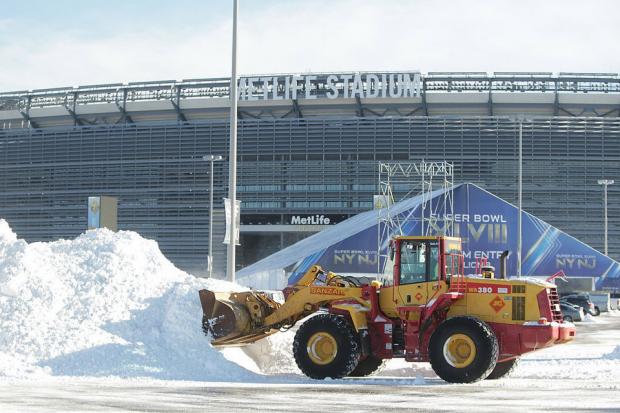Drought Invading New Jersey
Whether it is a browning lawn, dry garden soil, or pollen that hasn’t washed off your car in weeks, many of us in New Jersey have recognized that the state is in the midst of an extended period of very meager rainfall. Along with the aforementioned impacts, the flow of water in streams and ground water levels as monitored in wells are below, and in some cases, well below seasonal levels. While it is fortunate that surface reservoirs in northern and central NJ are close to seasonal levels (quite full), there is less water than normal flowing into them and early season lawn watering is drawing water out of them at an unseasonable pace.
Advice provided by our office, by those within the National Weather Service and the NJ Department of Environmental Protection, and by others associated with the weekly US Drought Monitor has led to this week’s Monitor map depicting the northern third of NJ in D1 (defined as moderate drought) and the remainder of the state down to around the Atlantic City Expressway in D0 (abnormally dry). D1 can be expected to occur once every 5-10 years during a particular month, while D0 can be found every 3-5 years. While the type of conditions being experienced in parts of NJ right now are drought like, I am hesitant to call the north in “moderate” drought, and would prefer saying “minor” drought. However, this is the definition of the nomenclature decided upon by a national committee, thus within the Monitor map it is “moderate” in the north.



